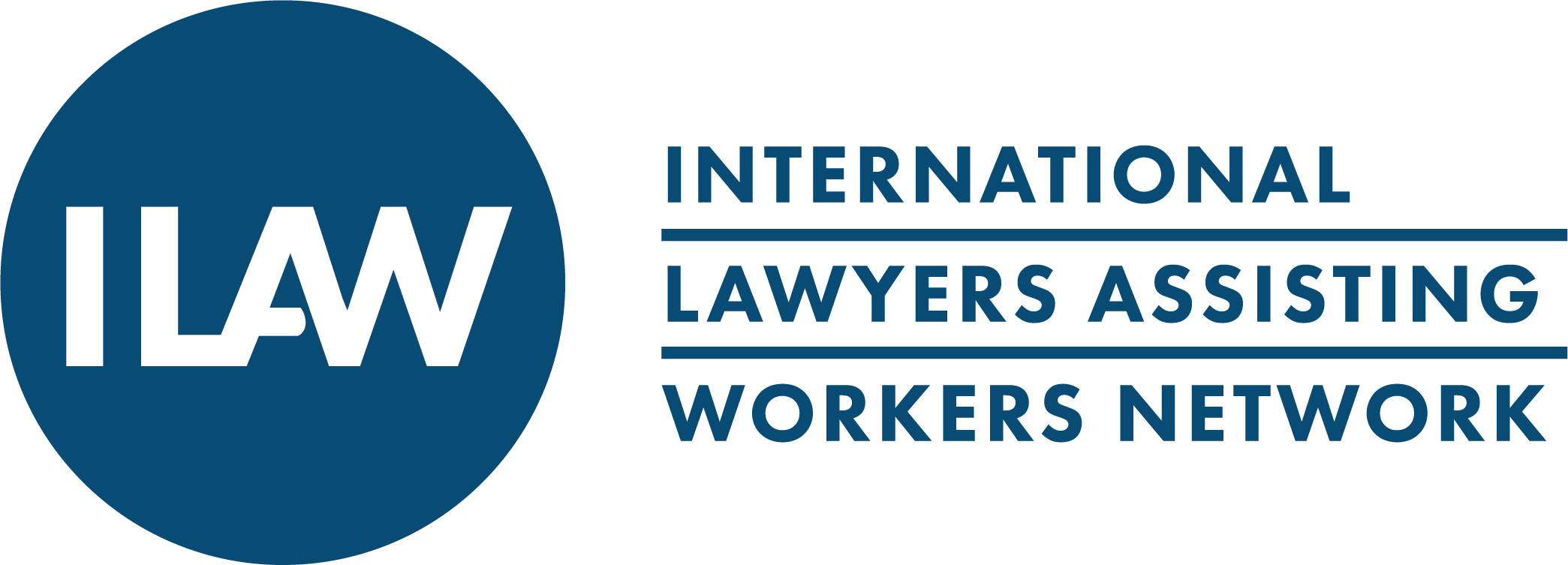“The blurring of the boundaries between work and life has been an issue plaguing workplaces for years. Even before the pandemic, digital technologies were impacting the confines of a workday to the office, creating an “on the clock” work culture that extended beyond the standard 9-to-5 workday. As observed by Dr. Kristeen Grant, Associate Professor at Edinburgh Napier University, this created a “need to respond to messages and e-mail as soon as possible” and meant that employees were increasingly not getting enough rest during non-work time, leading to increased stress, fatigue, and burnout. This breakdown in work-life boundaries has only been exacerbated as more workplaces have gone remote as a result of the pandemic.
Recognizing that technology was creating this “constantly on call” element and interfering with work-life balance and employee health and wellbeing, France enacted a law in 2017 establishing the right for an employee to disconnect from workplace technologies and communications outside of work hours. Following France’s lead, other jurisdictions have begun enacting their own “right to disconnect” laws and codes, some (such as Ireland and Ontario) in a direct attempt to remedy the deterioration of work-life balance during the pandemic. In January 2021, the European Parliament adopted a resolution calling for the European Commission to develop a statute on the right to disconnect. While similar efforts to implement “right to disconnect” regulations in the U.S. have been unsuccessful, these laws are clearly gaining traction in Europe and other jurisdictions.”
https://onlabor.org/the-right-to-disconnect-emerging-issues-and-ways-to-overcome-them/

Shaping the Future of Digital Work: A Bold Proposal for Platform Worker Rights
As the International Labour Conference gets underway, with negotiations on a crucial new international instrument for platform work now in motion, the International Labour Organisation (ILO) stands at a pivotal …